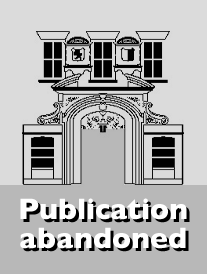
The book explores the complex inter-linkages between colonial legal discourse, class antagonism, and the formation of middle class identity between late eighteenth and early twentieth century in Bengal. It also examines the nature of colonial bureaucracy, bhadralok identitiy formation and criminality in Bengal. The colonial state had deployed its most powerful ideological and operation rationale-the Rule of Law-on the indigenous elite at the turn of the nineteenth century. This work addresses a fundamental discursive discontinuity when the Bengali bhadralok, a variegated, literate and self reflective social group, struggled to forge a new understanding of a thinking legal subject while negotiating with Western intellectual thought. It investigates the ambiguity of the bhadralok response to the courts and the jails. The discourse of superior bhadralok ethics and morals was juxtaposed against the chhotolok-who were devoid of such ethical values. This enabled the bhadralok to claim for themselves the position of the 'aware' legal subject as a class-a 'good' subject obedient to the dictates of the new rule of law, unlike the recalcitrant and ethically ill-equipped chhotolok. It also brings out how the colonial legal and penal institutions streamlined the identities of some sections of the lower castes into 'criminal classes'. The author also tries to highlight the social silence on gender female criminality.